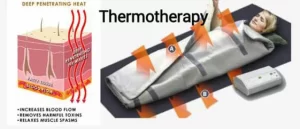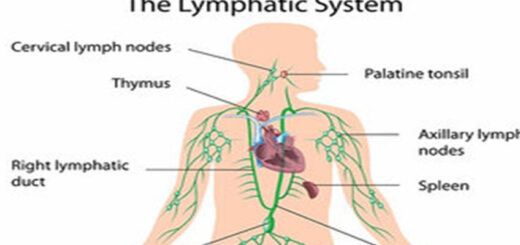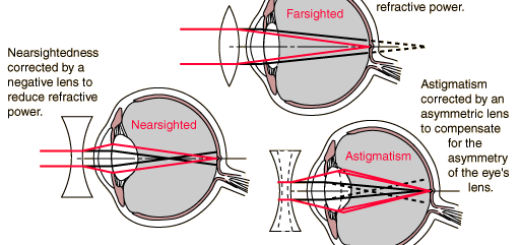Heat therapy (Thermotherapy) advantages, disadvantages and what are the clinical uses of heat?
Heat therapy is also called thermotherapy, It is the use of heat in therapy, such as for pain relief and health, It can be taken in the form of a hot cloth, hot water bottle, ultrasound, heating pad, hydro collator packs, whirlpool baths, the cordless FIR heat therapy wraps and others.
Heat therapy
Thermotherapy, or heat therapy, involves applying heat to the body to relieve pain, reduce muscle tension, and promote healing. It’s a common treatment for various conditions, Heat can help to relax tense muscles, and reduce stiffness and soreness. Warming up muscles can improve flexibility and range of motion.
Heat therapy can be beneficial to those with arthritis and stiff muscles and injuries to the deep tissue of the skin, heat may be an effective self-care treatment for conditions such as rheumatoid arthritis, but heat therapy is most commonly used for rehabilitation purposes.
The therapeutic effects of heat are increasing the extensibility of collagen tissues, decreasing joint stiffness, reducing pain, relieving muscle spasms, and reducing inflammation, and edema. Heat therapy can have a relaxing effect on the body, helping to reduce stress and anxiety.
Heat therapy aids in the post-acute phase of healing and increases the blood flow, increased blood flow to the affected area provides the proteins, nutrients, and oxygen for better healing.
Moist heat therapy is more effective at warming tissues than dry heat because the water transfers the heat more quickly than the air, Moist heat can be used on the abscesses to help drain abscess faster.
Advantages of Heat therapy
Thermal Medicine or the manipulation of the body or the tissue temperature for the treatment of the disease, It can be traced back to the earliest practice of medicine, Heat therapy is useful for muscle spasms, myalgia, fibromyalgia, contracture, and bursitis.
Heat therapy is also used in cancer treatment as well as the effect of chemotherapy or radiotherapy, but it is not enough to kill the cancer cells on its own.
Ultrasounds are not absorbed in the homogenous muscle, heat therapy uses hyperthermia that has been used to treat cancer in combination with ionizing radiation.
Heat therapy is contraindicated in case of acute injury and bleeding disorders (because of vasodilation), tissues with a severe lack of sensitivity, scars, and tissues with inadequate vascular supply.
Thermotherapy consists of the application of heat or cold to change the cutaneous, intra-articular, and core temperature of the soft tissue to improve the symptoms of certain conditions.
Infrared radiation is a convenient system to heat the parts of our body, The radiation can heat the area directly where the blood capillaries and the neuron terminals are.
The heat has to heat the external layer of the skin and the heat is transferred to the deeper layer by the conduction, Since the heat conduction needs a temperature gradient to proceed that can be safely used (around 42 °C) and it is a lower temperature where warming is needed.
Infrared is the part of the electromagnetic radiation spectrum comprised between 0.78 μm and 1 mm wavelength, IR radiation is more important than visible radiation for heating our body because we absorb most of it, compared to a strong reflection of visible light.
Heat therapy can be used for the treatment of headaches and migraines, A lot of people who suffer from chronic headaches also suffer from the tight muscles in their neck and upper back.
To achieve heat therapy for headaches, many use microwaveable pads that can often overheat, potentially leading to injury and lose their heat after a few minutes.
Some new products use heated water, running through the pads to maintain a constant temperature, allowing headache sufferers to use hands-free heat therapy in the treatment of their headache pain. Heat can help to relax muscles and reduce pain by increasing blood flow to the affected area, which can relax muscles and decrease inflammation.
Increased blood flow can accelerate the healing process and tissue repair by delivering oxygen and nutrients to the injured tissues. Heat can help loosen tight muscles and improve flexibility. The warmth can have a soothing effect, reducing stress and promoting relaxation.
Disadvantages of Thermotherapy
In some cases, heat can increase inflammation, especially for acute injuries. Improper use of heat therapy can lead to burns. People with certain conditions, such as heart disease or diabetes, should avoid heat therapy without consulting their doctor. While heat therapy can provide temporary relief, it may not address the underlying cause of the pain.
Some people may experience dizziness or lightheadedness when using heat therapy, especially if they have certain medical conditions. The effects of heat therapy are often temporary.
You can subscribe to Science Online on YouTube from this link: Science Online
You can download Science online application on Google Play from this link: Science online Apps on Google Play




